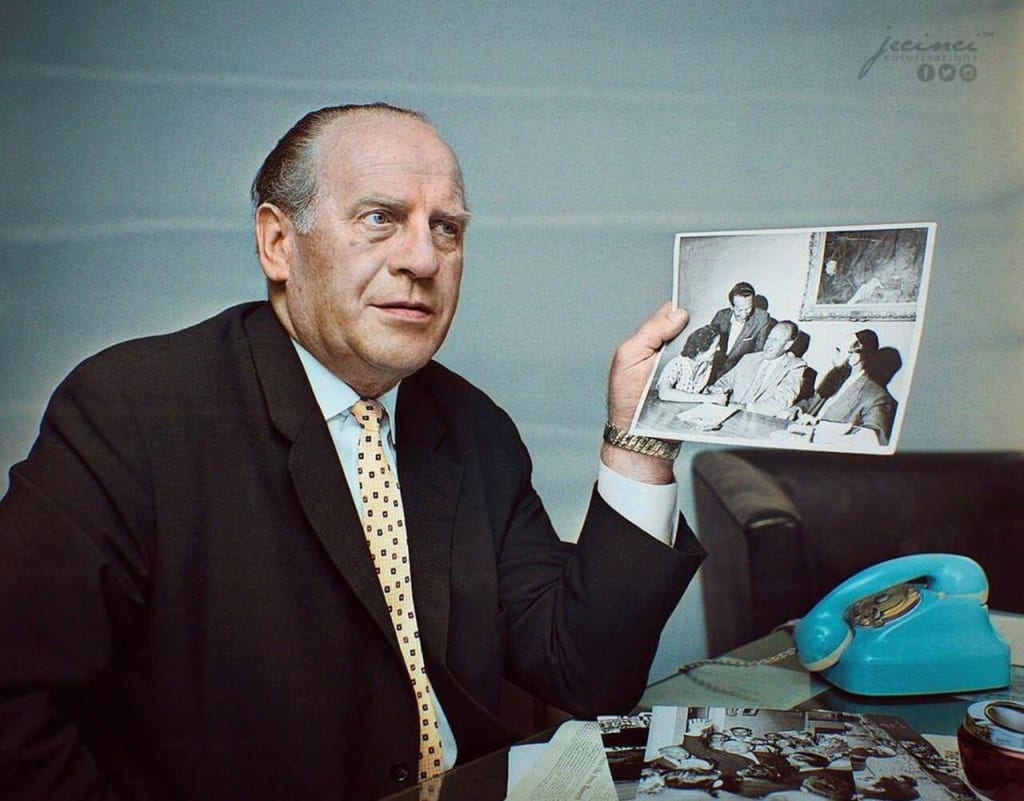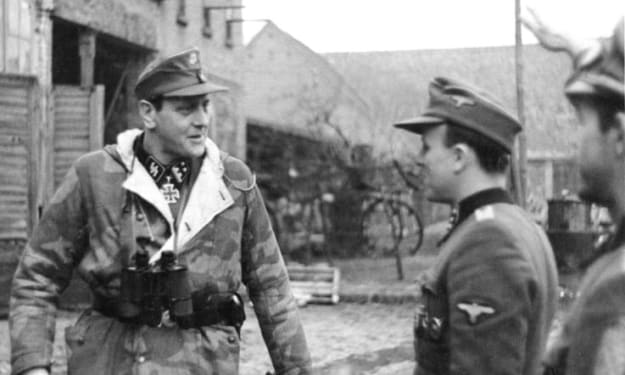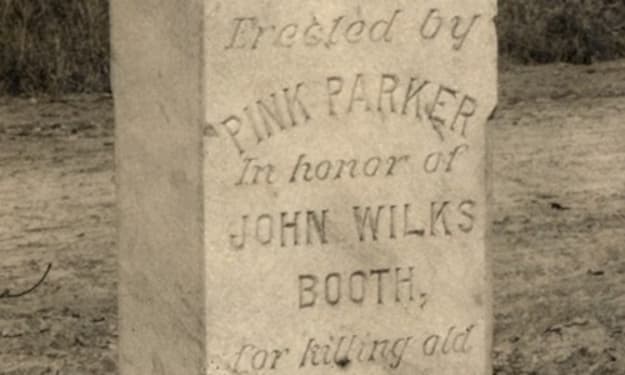Oskar Schindler: The Industrialist Who Saved Over a Thousand Lives
Life well spent

Oskar Schindler, a name synonymous with courage and compassion amidst the horrors of the Holocaust, is remembered as the man who saved more than a thousand Jews during World War II. His story, immortalized in the book "Schindler's Ark" by Thomas Keneally and the subsequent film "Schindler's List," showcases how one individual's actions can make a profound difference, even in the darkest times.
Early Life and Business Ventures
Oskar Schindler was born on April 28, 1908, in Zwittau, Austria-Hungary (now Svitavy in the Czech Republic). Raised in a Catholic family, Schindler was an opportunist from an early age. He was known for his charm, resourcefulness, and love for the finer things in life. He married Emilie Pelzl in 1928 and engaged in various business ventures, though his early career was marked by financial instability.
In 1939, with the outbreak of World War II, Schindler saw an opportunity for profit in the chaos. He joined the Nazi Party, not out of ideological commitment but to gain favor and advantage in the new regime. His connections with German officers and officials helped him secure lucrative contracts and business deals.
Acquisition of Emalia
In 1939, following the German invasion of Poland, Schindler moved to Kraków. Here, he acquired a bankrupt enamelware factory, Deutsche Emaillewaren-Fabrik (DEF), which he renamed Emalia. The factory initially produced kitchenware for the German army, but it soon became a cover for Schindler's real mission.
Schindler employed Jews from the Kraków Ghetto as cheap labor for his factory. Initially motivated by profit, Schindler's perspective shifted as he witnessed the brutal treatment of Jews by the Nazis. The turning point came during the liquidation of the Kraków Ghetto in March 1943, when Schindler saw the atrocities committed by SS officers firsthand. This event profoundly affected him and galvanized his commitment to saving as many Jews as possible.
The Creation of Schindler's List
Schindler's factory became a haven for Jews, who were increasingly at risk of deportation to concentration camps. He convinced Nazi officials that his workers were essential to the war effort, thus protecting them from deportation. Schindler's List, a roster of Jews employed at his factory, was created with the help of his Jewish accountant, Itzhak Stern. This list became a lifeline for over a thousand Jews.
Schindler used his charm, bribes, and influence to keep his workers safe. He spent vast sums of money to secure their safety, often bribing Nazi officials with luxury items, alcohol, and cash. His factory produced defective ammunition and other goods of low quality on purpose, subtly sabotaging the German war effort while keeping his workers employed and protected.
Relocation to Brünnlitz
In 1944, as the Soviet Red Army advanced, Schindler's factory was ordered to close. Faced with the imminent threat of his workers being sent to concentration camps, Schindler took a bold step. He secured permission to move his factory to Brünnlitz, in what is now the Czech Republic, under the guise of producing armaments for the German military.
During this relocation, a tragic error resulted in a group of Schindler's women workers being sent to Auschwitz. Schindler intervened personally, traveling to Auschwitz and using his influence to secure their release. His persistence and willingness to risk his life were crucial in saving these women from certain death.
The End of the War
As the war neared its end, Schindler's financial resources were depleted. He had spent his entire fortune on bribes and supplies to protect his workers. When the Red Army liberated Brünnlitz in May 1945, Schindler fled to avoid retribution from the advancing Soviets, fearing they would see him as a Nazi collaborator.
Despite his financial ruin, Schindler's actions had saved 1,200 Jews, who came to be known as "Schindlerjuden." After the war, he and Emilie received assistance from Jewish organizations and former Schindlerjuden, who remained grateful for his life-saving efforts.
Post-War Life and Legacy
After the war, Schindler faced significant hardships. His business ventures in Germany and Argentina failed, and he struggled financially for the rest of his life. Despite these challenges, he maintained strong relationships with many of the people he had saved.
In 1962, Oskar Schindler was recognized by Yad Vashem, Israel's official memorial to the victims of the Holocaust, as one of the Righteous Among the Nations. This honor is bestowed upon non-Jews who risked their lives to save Jews during the Holocaust. Schindler and his wife Emilie were invited to Israel, where they were warmly received by the survivors and their families.
Oskar Schindler passed away on October 9, 1974, in Hildesheim, Germany. He was buried in Jerusalem on Mount Zion, at his request, as a testament to his deep connection with the Jewish people he had saved. His grave remains a place of pilgrimage for those who wish to honor his memory.
Conclusion
Oskar Schindler's transformation from a war profiteer to a savior of lives is a powerful story of redemption and the impact of individual action amidst widespread atrocity. His courage, resourcefulness, and unyielding commitment to protecting his workers highlight the profound difference one person can make, even in the face of overwhelming evil.
The legacy of Oskar Schindler lives on through the lives of the Schindlerjuden and their descendants, a living testament to his extraordinary acts of bravery and compassion. His story, as depicted in "Schindler's List," continues to inspire and remind us of the enduring power of humanity and moral courage.
About the Creator
Enjoyed the story? Support the Creator.
Subscribe for free to receive all their stories in your feed. You could also pledge your support or give them a one-off tip, letting them know you appreciate their work.






Comments
There are no comments for this story
Be the first to respond and start the conversation.